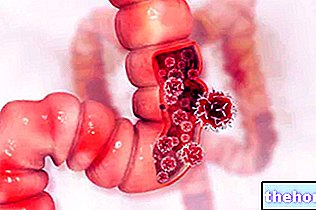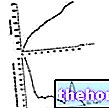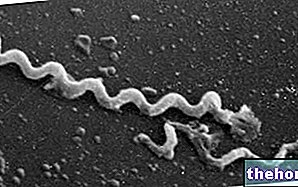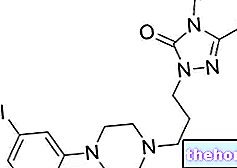-cos-cause-e-terapia.jpg)
The damage resulting from the failure to dispose of this glucose polymer is expressed above all in the liver, myocardium and skeletal muscles, which undergo progressive weakening.
Pompe disease is caused by a "genetic aberration that results in a defect in the activity of the acid alpha-1,4-glucosidase (GAA or acid maltase) enzyme within the lysosomes (intracellular organelles, in which the degradation of various types of molecules).
The infantile form of type II glycogenosis leads to a severe form of cardiomegaly which can cause death from cardiorespiratory decompensation within the second year of life. In late-onset Pompe disease, however, the symptoms are limited to the muscle and, compared to the childhood variant, the course of this progressive myopathy is relatively benign.
reserve in animal cells.



























